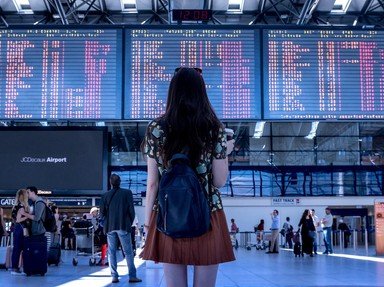Quiz Answer Key and Fun Facts
1. W Hudson Fysh and Paul McGinness were the entrepreneurs who started the fledgling airline which became Qantas. Inspiration to start an airline came from which 'adventure' in the Australian outback?
2. Fergus McMaster was the first financial backer for Qantas. What was Mr McMaster's occupation?
3. Qantas' name wasn't Qantas in the beginning. For a short time, the airline was known by which name?
4. In 1921 Qantas had a total of two aircraft both bought as surplus WWI stock. While Qantas had a small but regular income stream, which of these activities boosted their coffers?
5. In 1928, Qantas was a vital cog in the formation of which service designed to ease the lives of people in Australia's rural regions?
6. After Qantas had its first official meeting of the board of directors, the company moved its headquarters to another Queensland town which remained its base until 1929. Decades later, QANTAS named a group of its Boeing 747-400s after this town. Which town am I talking about?
7. Alexander Kennedy was 84 years old when he was Qantas' first scheduled passenger. With ticket number 1, he was flown to Longreach from Cloncurry, via Winton and McKinlay in 1922. What else was carried on that maiden flight?
8. Stanley Bruce was a passenger in a Qantas flight in 1924. What was notable about this passenger?
9. In 1935, Qantas operated its first overseas passenger flight, taking four days to reach its destination. Leaving from Brisbane on April 17th, what was the flight's final destination?
10. By 1943, Australia was involved in World War II on several fronts overseas and at home. Darwin had been bombed and submarines had attacked Sydney. Travel to the UK from Australia by aeroplane had ceased but the British Air Ministry and BOAC (a British airline) were keen to start the service again during the war. In 1943, a plan was hatched in which Qantas planes would ferry passengers from Perth, Western Australia, to which Asian country?
Source: Author
Tizzabelle
This quiz was reviewed by FunTrivia editor
stedman before going online.
Any errors found in FunTrivia content are routinely corrected through our feedback system.

